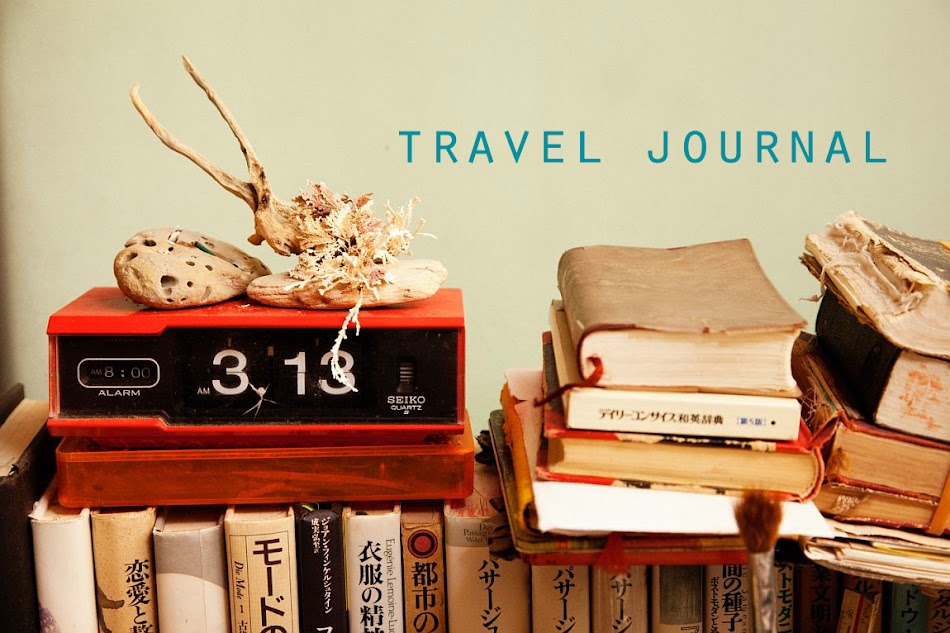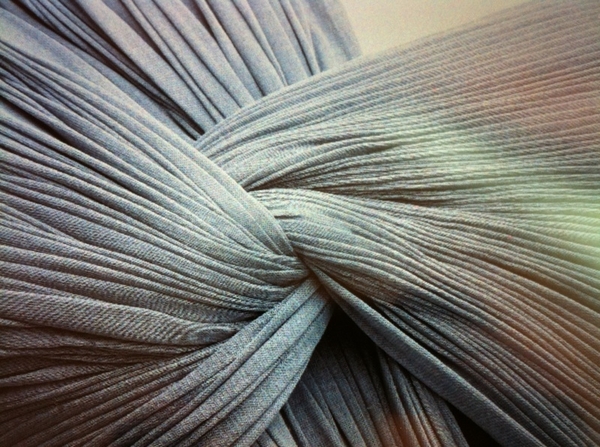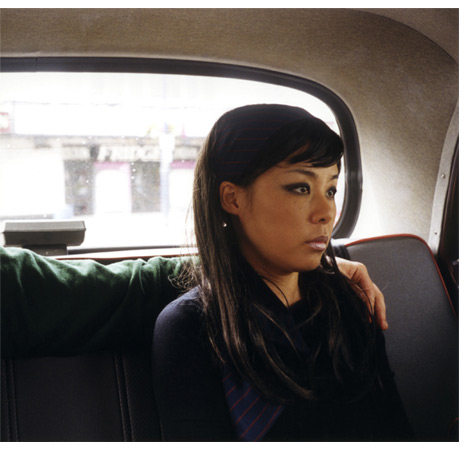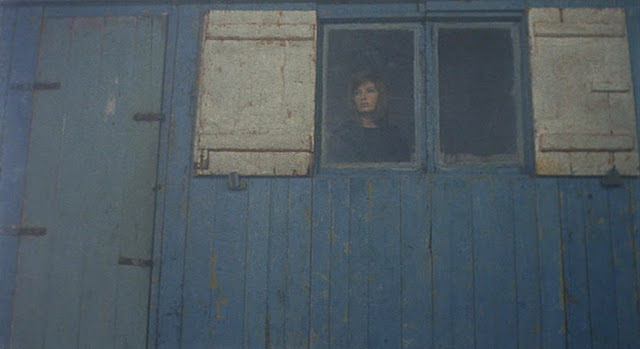Reading a book that fits in your bag and can be easily transported is an amazing thing!
Trading in the Oversize art history books that have turned many trips home from the library into near meltdowns (usually my eyes were bigger than my bookbag). Struggling to carry 10 huge books, for three miles, is never a great idea.
Before I started this crazy grad school adventure, I had several paperback books on my nightstand. They remained there for 24 months. It's taking me a long time to get back into reading these kinds of books. I've only finished two in the last six weeks.
I got one of these books because of a note I had scribbled on a scrap of paper. I have no idea who or what motivated this. I wish I could remember because I loved this book so much and it was the perfect transition from academic art history reading to fun and crazy art history reading. Geraldine Brooks has written a novel based on what medieval art historians do in their attempts to discover the history behind illuminated manuscripts. I'm so excited about this book I can't even describe how much I appreciated it.
 |
| 3rd century fresco of baby Moses' rescue from the bullrushes in Egypt. From the Dura Europos synagogue, Damascus, Syria. |
The novel follows the migration of the actual manuscript, moving backward from:
Sarajevo in the 1940's, then to 19th century Vienna, 17th century Venice, Catalonia during the Spanish Inquisition and finishing (at the beginning) in 15th century Seville. At each of these stops, an artifact found in or missing from the manuscript is explored: a portion of an insect wing, salt remnants, a wine stain, a white hair, and absent silver clasps.
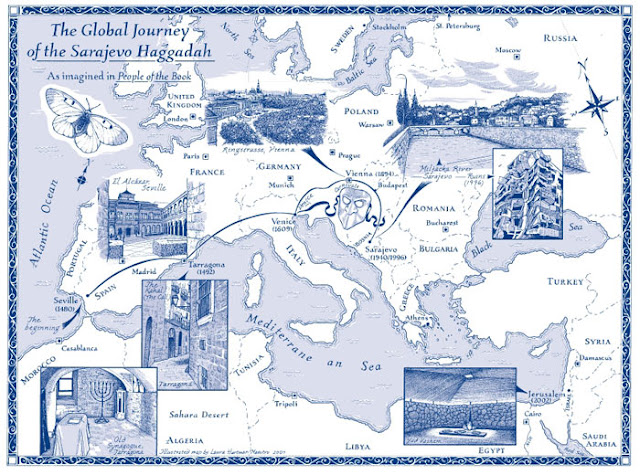 |
| Awesome map from the book. |
A thrilling adventure! Each layer of history is revealed, showing the richness of the manuscript and how a moment in time can affect something permanently, often leaving historians in a perpetual state of mystery and obsession.
Much of the story takes place in Spain, which always got me dreaming of my upcoming trip there (72 days!). Plans are going very well so far, now that I've gotten the green light from Colby-Sawyer and some non-refundable airline tickets. ¡SO EXCITED!
